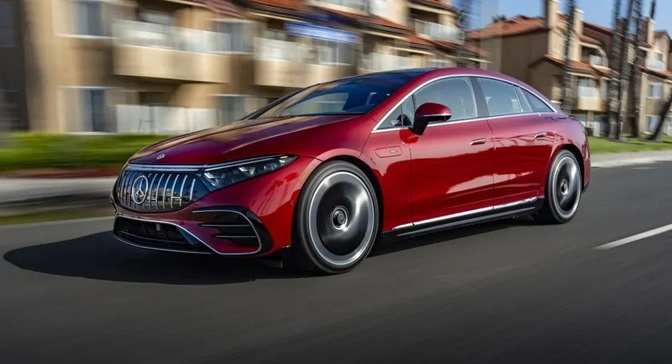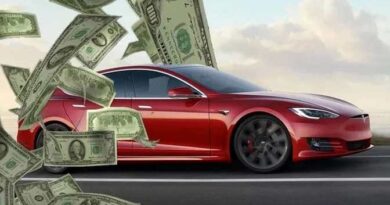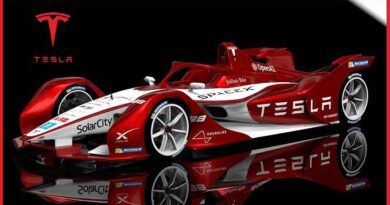Mercedes-Benz will opt for a more conventional design in its next electric cars.
Mercedes-Benz will opt for a more conventional design in its next electric cars.
With its next releases, Mercedes-Benz will alter its electrified approach. Future electric cars from the star company will have a more traditional and attractive look, as sales of the EQE and EQS are underwhelming, partly because of their unusual arrow-shaped design.

Additionally, the business will include its electric concepts into its regular range and do away with the present zero-emission EQ family designation scheme. Put another way, the GLA moniker will be applied to the EQA successor, much like it does to the internal combustion engine version. The G-Class and CLA will be Mercedes-Benz’s first new-generation electric vehicles.
“Looking at the Concept CLA [design] language, and maybe looking a little further into the future, I think we can see some of its cues being adopted,” says Christoph Starzynski, the company’s vice president of automotive engineering. “We have received those comments, and we are taking them seriously.”
“We are thrilled to see that BEV sales are generally rising in Europe.” Regarding the US, the executive notes that “the absence of an electric Mercedes in the segment meant that the ‘early adopters’ were essentially choosing a different brand.” Many clients were persuaded to come back to our brand by us. This is encouraging.
The next Mercedes-Benz CLA will exceed 750 km WLTP autonomy.
Conversely, EQ models are having some issues in China, where demand is lower than anticipated, perhaps because of the growth of local manufacturers. In this regard, the brand’s next recommendations aim to turn the tide and win back the Asian nation’s citizens.

The new modular MMA platform developed by the organization will be introduced by the next Mercedes-Benz CLA and utilized by the upcoming GLA and GLB. Its maximal autonomy is predicted to be greater than 750 km WLTP (some rumors suggest that it may even reach 850 km WLTP); nonetheless, it will be equipped with an 800-volt electrical system.
Everything points to it being able to reach a consumption of just 10 kWh/100 km, mostly due to the employment of an extremely small drive unit (eATS) that combines the engine, gearbox, and power electronics and achieves 95% efficiency. Efficiency will allow you to install batteries with a smaller capacity, which will affect the price and weight of the car.
Source- Carscoops
Related Post



